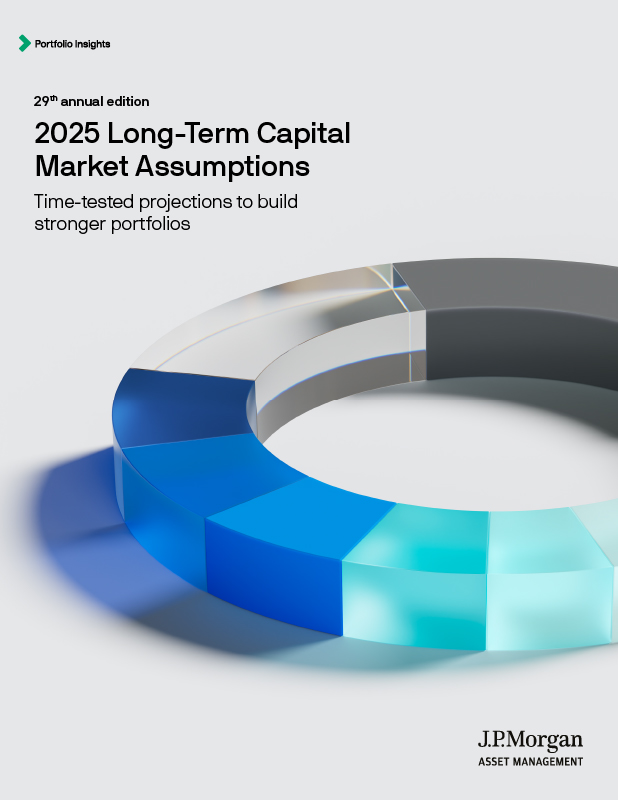Projections for stronger portfolios
Our assumptions see attractive real return potential, while differentiation across assets provides a richer hunting ground for active investors.
Matrices
Our expectations for returns, volatilities and correlations. Use our interactive version to download the excel in your chosen currency.
The assumptions are not designed to inform short-term tactical allocation decisions. Our assumptions are carefully built and calibrated to aid investors with strategic asset allocation or policy-level decisions over a 10- to 15-year investment horizon.
Download Excel and PDF matrices by currency
Download this year's Long Term Capital Market Assumptions report
